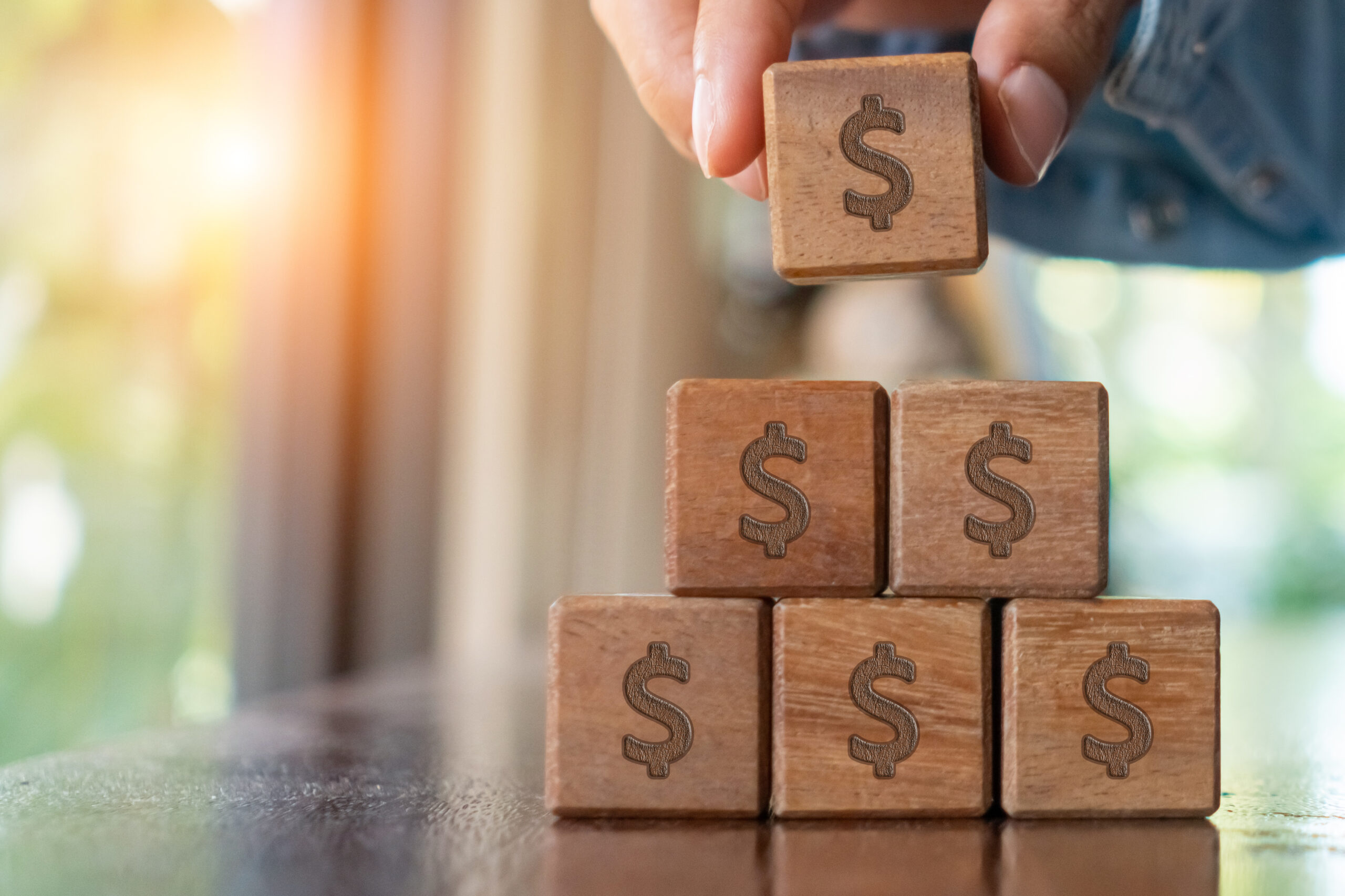The Importance of Business Ownership Insurance

Introduction to Business Insurance and Why It’s Hard to Understand
Running a business is an exciting journey full of opportunities and challenges. But along with the rewards come risks that can catch you off guard. Business ownership insurance is like a safety net, ensuring you’re protected from unexpected bumps in the road. Yet, understanding insurance can be tricky because it’s filled with jargon, detailed policies, and numerous options. Let’s break it down together to make it simpler and more digestible.
Why Business Insurance is Confusing
- Complex Terminology: Insurance terms like “premium,” “deductible,” “endorsement,” and “exclusion” are not everyday language, making policies hard to read.
- Variety of Policies: With so many different types of insurance, figuring out which ones you need can feel overwhelming.
- Detailed Policies: Insurance documents are often long and filled with fine print, making it difficult to know exactly what is covered.
- Constant Changes: The insurance industry is always evolving, with new risks and regulations emerging. Keeping up can be a challenge.
- Misunderstanding Needs: Many business owners aren’t sure what coverage they actually need, leading to either over-insuring or under-insuring.
What is Property Insurance?
Property insurance covers the physical assets of your business, such as buildings, equipment, inventory, and furniture. It’s like having a protective bubble around these assets, helping you recover from events like fire, theft, vandalism, or natural disasters.
What to Consider
Coverage Limits: This is the maximum amount your insurance will pay for a covered loss. Ensure the policy covers the full value of your property so you’re not left out-of-pocket if something happens.
Deductibles: The amount you need to pay out-of-pocket before your insurance kicks in. Understand what you’ll be responsible for paying upfront in the event of a claim.
Exclusions: These are specific situations or circumstances that aren’t covered by your policy. Know what’s not covered to avoid surprises when you file a claim.
Example of How It Helps
Imagine a fire damages your office. Property insurance would cover the cost to repair the damage and replace any destroyed equipment, allowing you to get back to business quickly without a significant financial burden.
What is Liability Insurance?
Liability insurance protects your business from financial losses if someone claims your business caused them injury or property damage. This coverage can shield you from the costs of lawsuits, medical expenses, and legal fees.
What to Consider
Types of Liability: General liability covers common risks, while product and professional liability cover more specific scenarios. Choose the right type based on the nature of your business.
Policy Limits: This is the maximum amount your insurer will pay for a claim. Ensure the limits are high enough to cover potential claims, so you’re not personally liable for any excess costs.
Industry-Specific Risks: Different industries have unique risks. Tailor your policy to the specific risks your industry faces to ensure you have comprehensive coverage.
Example of How It Helps
A customer slips and falls in your store, resulting in an injury. General liability insurance would cover their medical bills and any legal costs if they decide to sue, protecting your business from a significant financial hit.
What is Employee Insurance?
Employee insurance includes workers’ compensation, which covers medical expenses and lost wages if an employee is injured on the job. This type of insurance is crucial for protecting your workforce and complying with legal requirements.
What to Consider
Legal Requirements: Workers’ compensation is mandatory in most jurisdictions. Make sure your policy meets local legal requirements to avoid penalties.
Coverage: Ensure the policy covers all potential workplace injuries and illnesses. This includes both common and industry-specific injuries.
Employee Safety Programs: Implement safety programs to reduce the likelihood of claims. This can also help lower your premiums over time.
Example of How It Helps
An employee injures themselves while operating machinery. Workers’ compensation insurance covers their medical treatment and lost wages during recovery, ensuring they’re taken care of and protecting your business from a lawsuit.
General Comments About the Business Insurance Market and Changes
The business insurance market is always evolving to address new risks and incorporate technological advancements. Here are some current trends:
Focus on Cybersecurity
With the rise of cyber threats, more businesses are investing in cyber liability insurance. This coverage is becoming more comprehensive, addressing everything from ransomware attacks to business interruptions caused by cyber incidents.
Customization and Flexibility
Modern insurance policies are increasingly customizable, allowing businesses to tailor coverage to their specific needs. This means you can get the exact protection you need without paying for unnecessary extras.
Technological Advancements
Insurtech, combining insurance and technology, is transforming the industry. Innovations like online policy management, digital claims processing, and telematics for commercial auto insurance are making the insurance process more efficient and user-friendly.
Regulatory Changes
Stay informed about new laws and regulations affecting your insurance needs. For instance, changes in data protection laws might require more robust cyber liability coverage.
Emerging Risks
New risks, such as climate change, pandemics, and supply chain disruptions, are influencing the insurance landscape. Insurers are developing new products to address these evolving threats, ensuring your business can stay protected no matter what comes its way.
How Often Should You Review and Update Your Insurance?
Regularly reviewing and updating your insurance policies is crucial to ensure they continue to meet your business’s needs. Here are some guidelines:
Annually
Review your insurance policies at least once a year. This helps ensure that your coverage keeps up with any changes in your business, such as new assets, increased revenues, or changes in operations.
After Major Changes
Update your insurance whenever there are significant changes to your business, such as:
– Expansion: Moving to a new location or adding more space.
– New Equipment: Purchasing expensive new equipment.
– Change in Operations: Offering new services or products.
– Regulatory Changes: New laws affecting your industry.
When Renewing Policies
Use the renewal period to assess your current coverage and compare it with other options. This can help you find better coverage or save money.
Following a Claim
After filing a claim, review your policies to understand what was covered and identify any gaps. This helps you make adjustments to better protect your business in the future.
Conclusion
Business ownership insurance is like having a coach by your side, guiding you through challenges and protecting you from setbacks. By understanding the importance of insurance and the types available, you can make informed decisions to safeguard your business’s future. Regularly reviewing and updating your coverage ensures you’re always protected against evolving risks. Investing in the right insurance not only protects your assets and employees but also contributes to the long-term success and resilience of your business.
Similar Articles
Retirement Income
Retirement Planning


